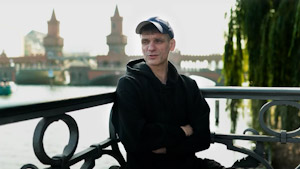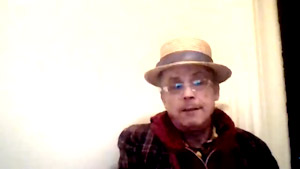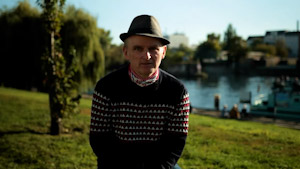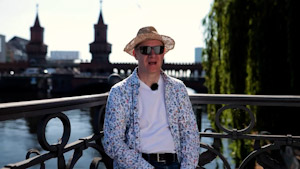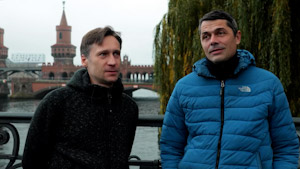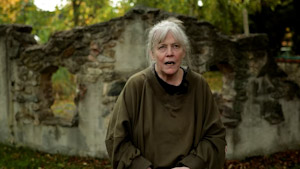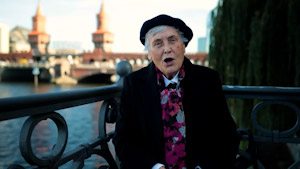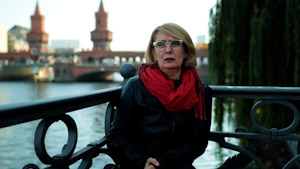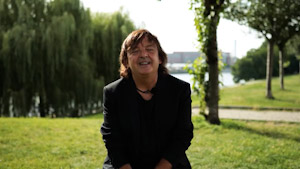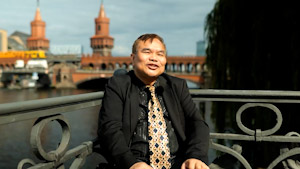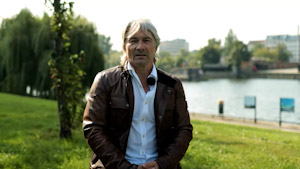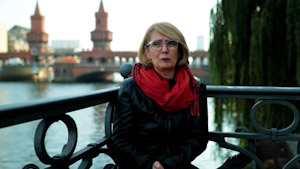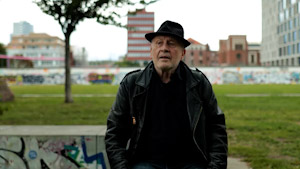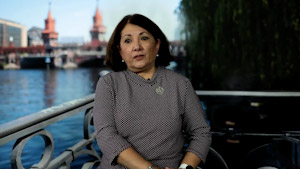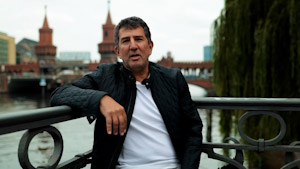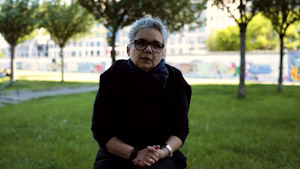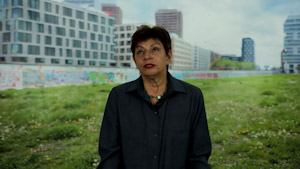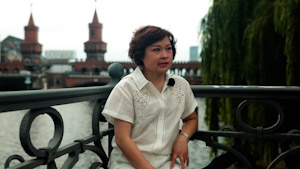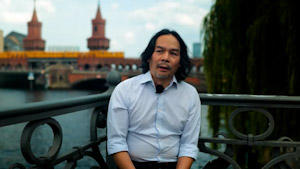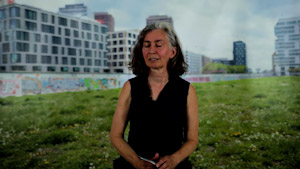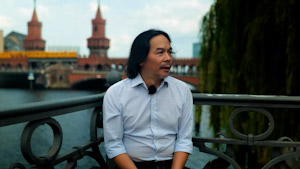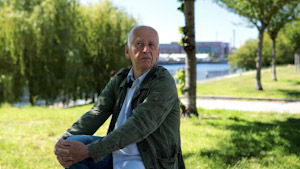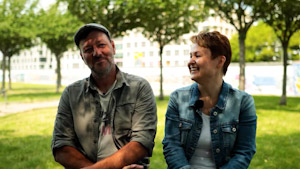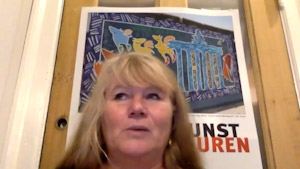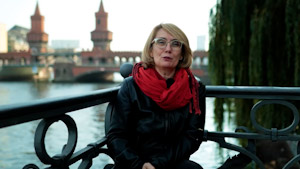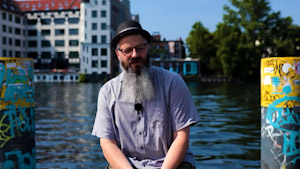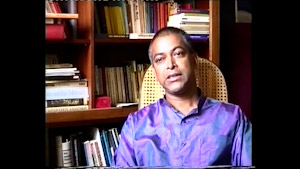“And what makes me especially happy is that the Wall opened without a single shot fired.”
The Berlin Wall divided the city for 28 years. It was meant to stop people from fleeing the GDR and East Berlin and entering West Berlin. But on 9 November 1989, this highly secured border became permeable.
After Mikhail Gorbachev became General Secretary of the Communist Party of the Soviet Union in 1985, the political situation in the entire Eastern Bloc began to change. In 1988, Gorbachev abandoned the political principle of limited sovereignty for the Warsaw Pact countries; the Eastern Bloc countries were now allowed to create their own policies. In response, on 2 May 1989, Hungary made a show of dismantling its border fence to Austria. It was the first hole in the "Iron Curtain." Thousands of GDR citizens took the opportunity to travel to Hungary and flee from there to West Germany.
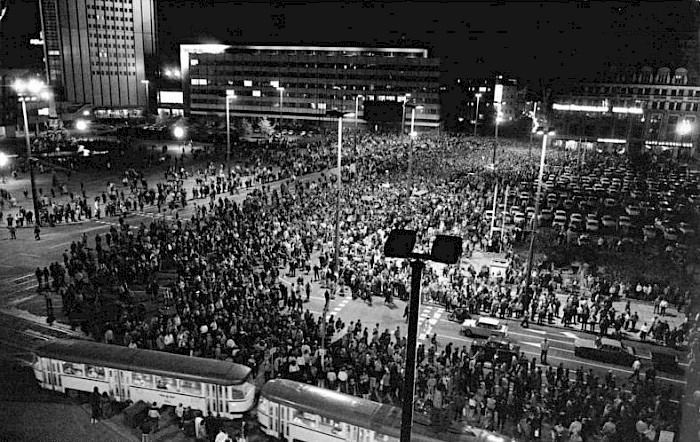
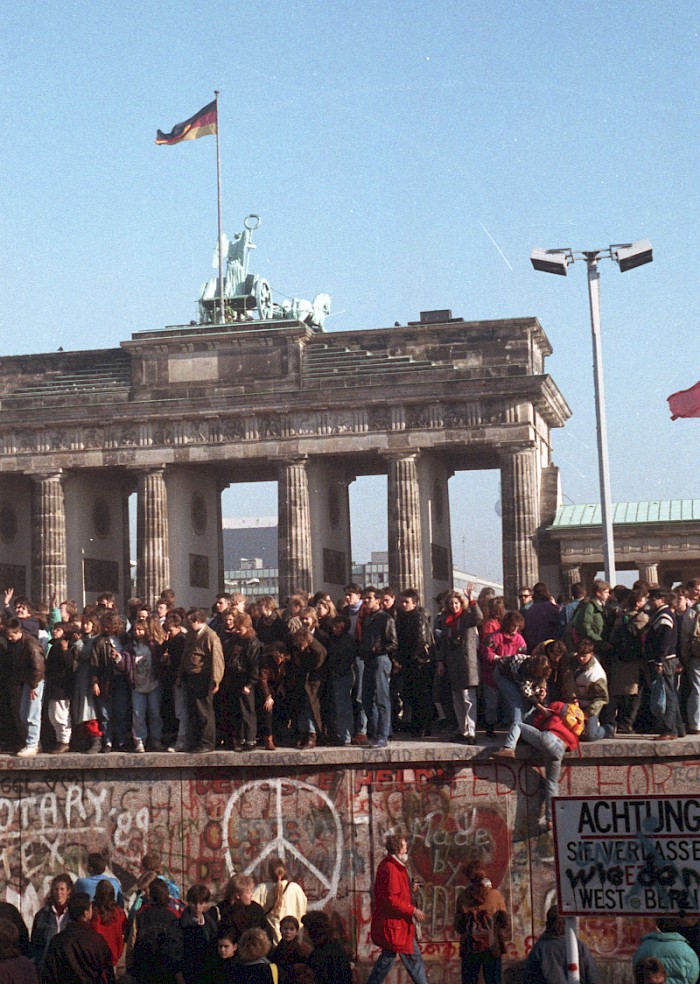
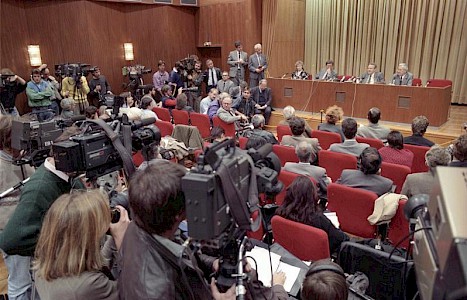
Public support for the SED state had been waning since the 1980s. An opposition movement had formed and was becoming more vocal in its criticism of the political and social conditions in the GDR. Increasing numbers of people tried to leave the country by emigrating or fleeing. Yet the SED remained unwilling to adopt the reform course of the Soviet Union. In the end, the protest movement forced the SED to make concessions, including, in 1989, granting GDR citizens the right to travel. The new emigration law was announced prematurely, however, ushering in the country’s ultimate collapse.
"What remains is this extraordinary feeling of happiness on both sides. That people waited on the bridge and said, ‘We’ll show you Berlin. Glad you are here!’ – It was without any malice, without concern for the consequences. It was just beautiful."
In the early evening of 9 November, Günter Schabowski, secretary of the Central Committee in charge of information, announced to the international press that people would be allowed to leave the country immediately, without any red tape or applications. This announcement, which was broadcast by Western media, led hundreds of East Berliners to gather at border crossings throughout the evening. They wanted to see whether it was really possible to visit West Berlin without any bureaucratic hindrances and long waits. The border guards at the crossing points, however, had not been informed of the new regulations and were unsure of what to do.
Caving in to the public pressure, the commander of the Bornholmer Straße border crossing let a few people exit to the West, but their departure was still tied to expatriation. The situation remained critical. More and more people came to the border crossing. At half past eleven, the commander opened the barrier and let everyone who wanted to leave pass. At midnight, the barriers at six other border crossings were also lifted. The "Wall had fallen." Throughout Berlin, people embraced each other and celebrated.
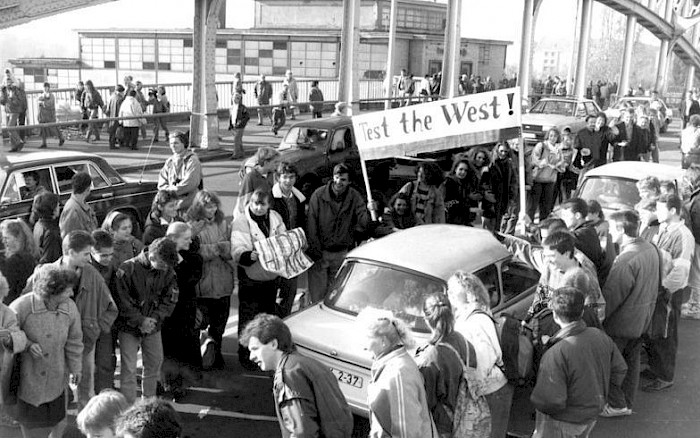
"We can only hope that the states that build walls, the dictators who wall in their people…that it won’t be the people who perish, but, rather, the dictators who lose their power."
Contemporary witnesses remember
Additional information:
Theme page on the fall of the Wall from the Bundeszentrale für politische Bildung: https://www.bpb.de/themen/deutsche-einheit/mauerfall/
Prerequisites and reasons for the border opening: https://www.lpb-bw.de/gruende-mauerfall
Dossier of the Stiftung Aufarbeitung SED-Unrecht: https://www.bundesstiftung-aufarbeitung.de/de/recherche/dossiers/198990-friedliche-revolution-und-deutsche-einheit
Information on the fall of the Wall on the website of Haus der deutschen Geschichte: https://www.hdg.de/lemo/kapitel/deutsche-einheit/friedliche-revolution/fall-der-mauer.html
